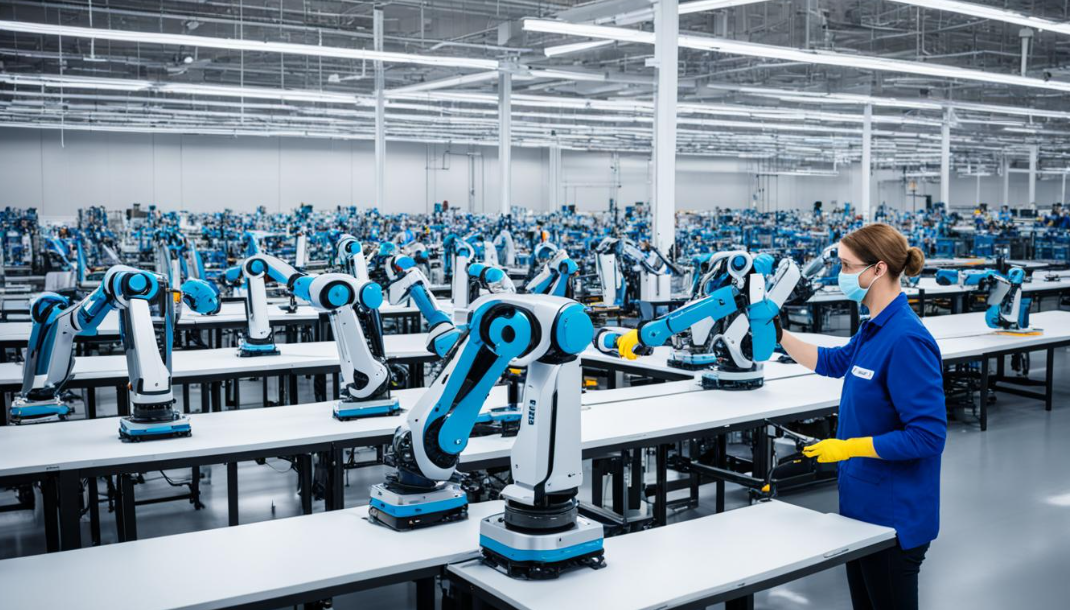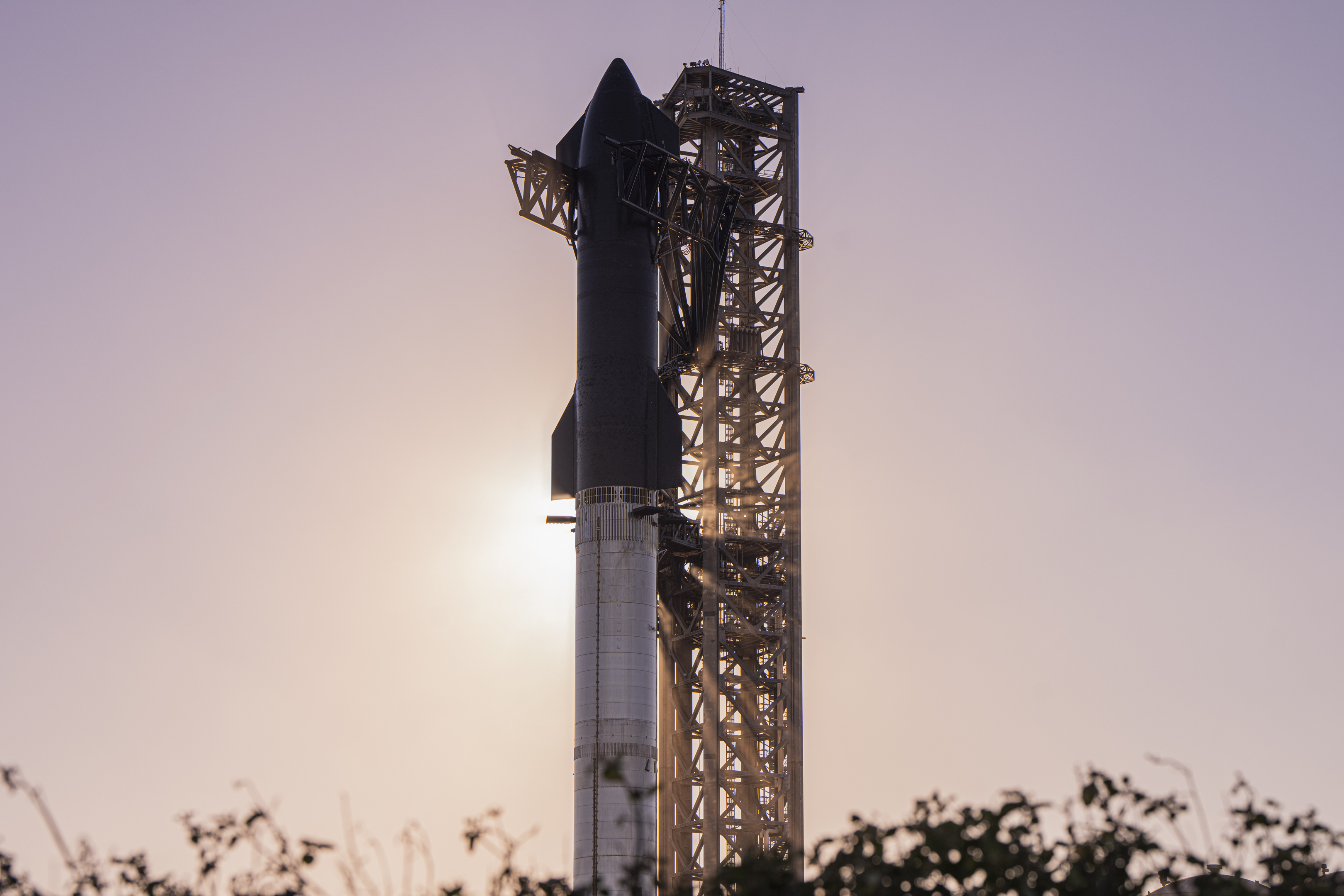Everything You Need To Know About Lab-Grown Meat
Let’s debunk some of the myths around this buzzy new technology.
on’t be fooled. The innovation that is lab-grown meat — or “cultivated meat” as industry insiders have decided to call it — is not the great entrepreneurial success story of the next generation. Investors want you to believe otherwise, and though they have a right to feel giddy that last week U.S.-based startups Good Meat and Upside Foods got the nod to go to market from the U.S. Department of Agriculture and the Food and Drug Administration, a variety of factors will hinder the adoption and growth of no-kill meat. Not least of which is the cost: in the past five years, billions of dollars have been spent on developing the 100-plus startups in the industry. They will need billions more.
The sector “needed a huge shot in the arm for them to be able to say not only are we progressing, but we’re progressing in one of the most challenging aspects of bringing this to market, which is the regulatory,” investor Lisa Feria, the CEO of Kansas City-based Stray Dog Capital, tells Forbes. “The scale-up piece still remains as a big, huge, very costly part of bringing this to market.”
Here are some factors that demonstrate what a long journey it will be from regulatory approval to the dinner plates of the average American family.
Prices are high but not high enough to turn a profit.
Lab-grown meat costs thousands if not hundreds of thousands per ounce to produce.
Lab-grown meat may never make money. The artificial price points — justified because giving a taste to as many people as possible is good business — could ultimately hurt the brands.
Cultivation ain’t cheap. To produce lab-grown meat, manufacturers use what’s called a bioreactor — the same machinery drug companies use to make vaccines. They’re expensive and have long waitlists.
Will it taste like chicken? Feria says she advises anyone who’ll listen not to rush their novel foods to market
Cultivated meat is not necessarily good for the environment. It’s true that the traditional methods of bringing meat to market drive irreversible climate change, but lab-grown meat presents a slightly different problem: it sucks up a massive amount of energy.
Lab-grown meat isn’t especially healthy to eat. Experts say the cultivated proteins could be defined as ultra-processed, which the National Institute of Health and United Nations researchers have warned against for years.
Patent wars loom. Plant-protein pioneers Impossible Foods and Motif FoodWorks have been locked in a prolonged (but not bloody) battle to determine
Lab-grown meat does nothing to address economic problems around food. Forty million Americans don’t get enough to eat, and lab-grown meat won’t do a thing to lighten their burden
Reports Forbes





